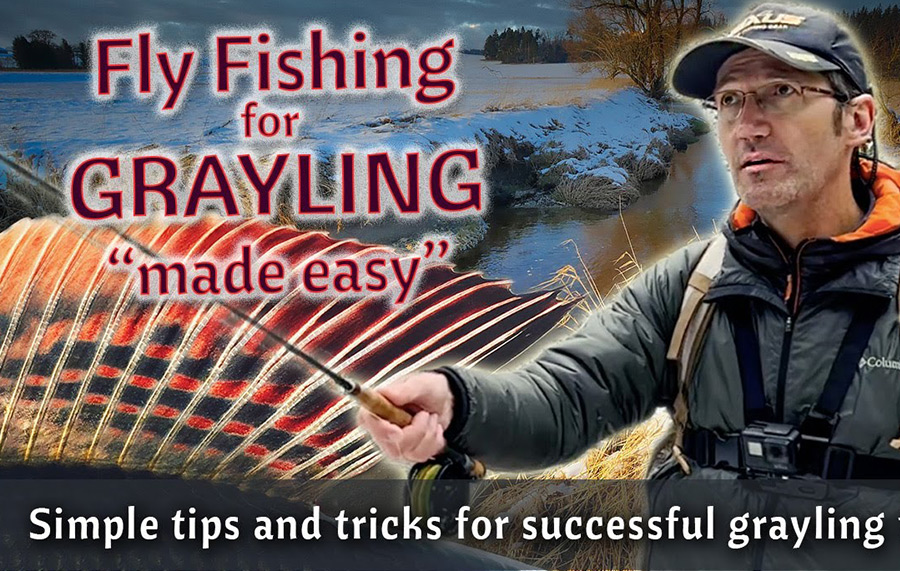The Basic Fly Tying Equipment You Need to Create Your First Fly
Category: Fly Tying for Beginners
Fly tying is the art and technique of creating artificial fishing flies to imitate the appearance, movement and behavior of natural insects, baitfish, and other food sources for fish. The process involves using various materials such as feathers, furs, threads, and hooks to construct a realistic imitation, which is then attached to the end of a fishing line and cast into the water to entice fish to bite. Fly tying can be a creative and rewarding hobby for anglers, as well as a means of customizing lures for specific fishing conditions and species of fish.

To start fly tying, you will need the following basic equipment:
- Fly Tying Vise: A vise is used to hold the hook in place while you tie the materials onto it.
- Scissors: Scissors are needed to cut the materials used in the fly tying process.
- Bobbin holder: A bobbin holder holds the thread spool and helps control the tension on the thread.
- Hackle pliers: These pliers are used to hold and wrap hackle feathers.
- Whip finisher: A whip finisher is used to secure the thread at the end of the tying process.
- Dubbing brush or Dubbing twister: These tools are used to apply the dubbing material to the hook shank.
- Chenille or floss: These materials are used for tying bodies of the flies.
- Feathers, fur, or synthetic materials: These materials are used for tying wings, tails, and bodies of the flies.
- Hooks: Hooks come in various sizes and styles, and you can choose the one suitable for the type of fly you want to tie.
Having these pieces of equipment will provide you with the basic setup for tying trout flies, as well as a variety of other fly patterns. However, you may also find other tools and materials useful as you gain experience in fly tying.
Frequently Asked Questions about fly tying equipment:
- Jaw Type: There are three types of jaws for fly tying vises: spring, cam, and rotary. Spring jaws are the most common, cam jaws are designed for holding hooks securely, and rotary vises are ideal for tying a wide variety of flies.
- Portability: If you plan to tie flies on the go, look for a vise that is lightweight and easy to transport.
- Compatibility: Some vises are designed to work with specific accessories or tools. Make sure the vise you choose is compatible with the tools you already have or plan to purchase.
- Adjustability: Look for a vise that allows you to adjust the angle and height of the hook, as well as the tension of the jaws.
- Hooks: Hooks come in various sizes and styles, and you can choose the one suitable for the type of fly you want to tie.
- Thread: A strong, fine thread is needed to tie the materials onto the hook.
- Dubbing: Dubbing is used to create the body of the fly and can be made from natural or synthetic materials such as rabbit fur, wool, or nylon.
- Hackla feathers: Hackle feathers are used for the legs, wings, and tails of the flies.
- Chenille or floss: These materials are used for tying bodies of the flies.
- Flash material: Flash material can be added to the fly for extra sparkle and attraction.
- Synthetic materials: Synthetic materials, such as silicone legs, can be used to add movement and life-like appearance to the fly.
- Feathers: Feathers can be used to create wings and tails on the flies.
- Beads or cones: Beads or cones can be added to the hook to create weight and add attraction to the fly.
Note: As you gain experience in fly tying, you may find that you want to add additional materials and tools to your collection. Start with the basics and expand your materials as needed.
- Whip finish tool: A whip finish tool makes it easier to secure the thread at the end of tying a fly, producing a neat and professional-looking finish.
- Hair stacker: A hair stacker helps to align and straighten the fibers in a bunch of hair, making it easier to tie them onto the hook.
- Bodkin: A bodkin is a needle-like tool used to apply glue, dubbing wax, and other tying materials.
- Hackle gauge: A hackle gauge helps you determine the size of hackle feathers needed for a particular fly.
- Light source: A good light source is essential for fly tying, as it helps you see the materials and thread clearly.
- UV resin: UV resin is a type of clear, fast-curing resin that is used in fly tying to create a hard, glossy finish on the fly. It can be used to add weight, create a head, or seal materials in place.
Note: As you gain experience in fly tying, you may find that you want to add additional equipment and tools to your collection. Start with the basics and expand your equipment as needed.
